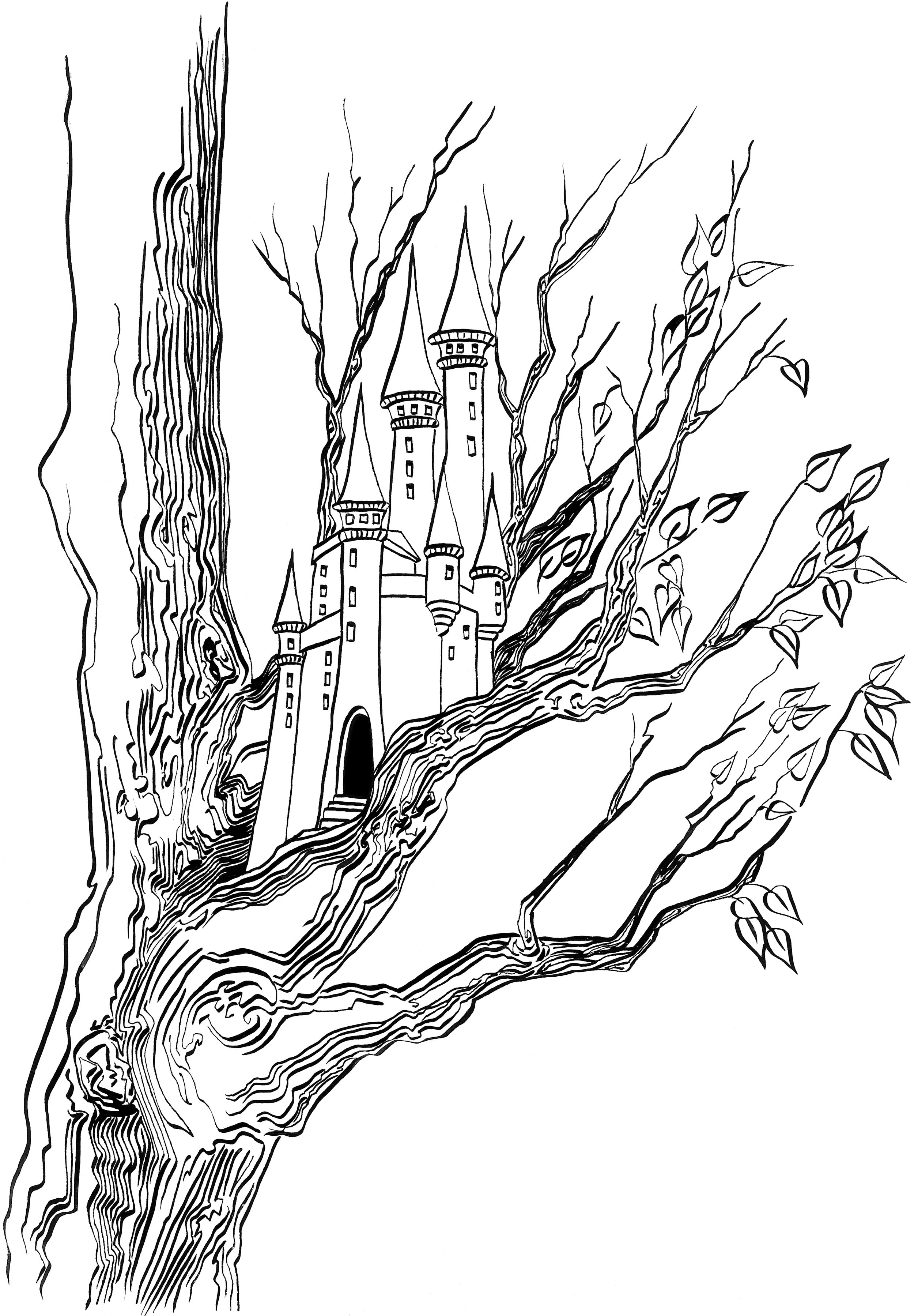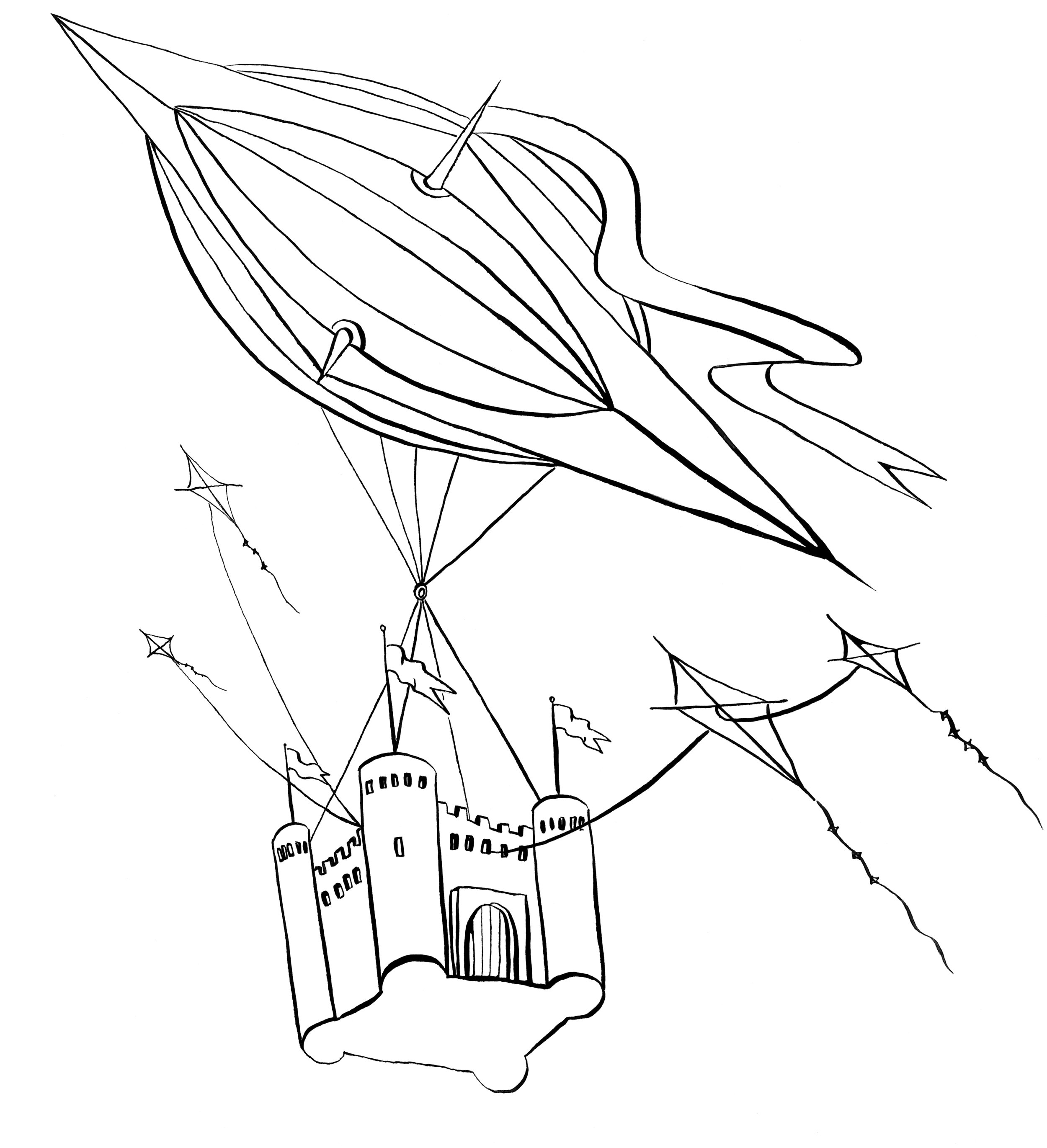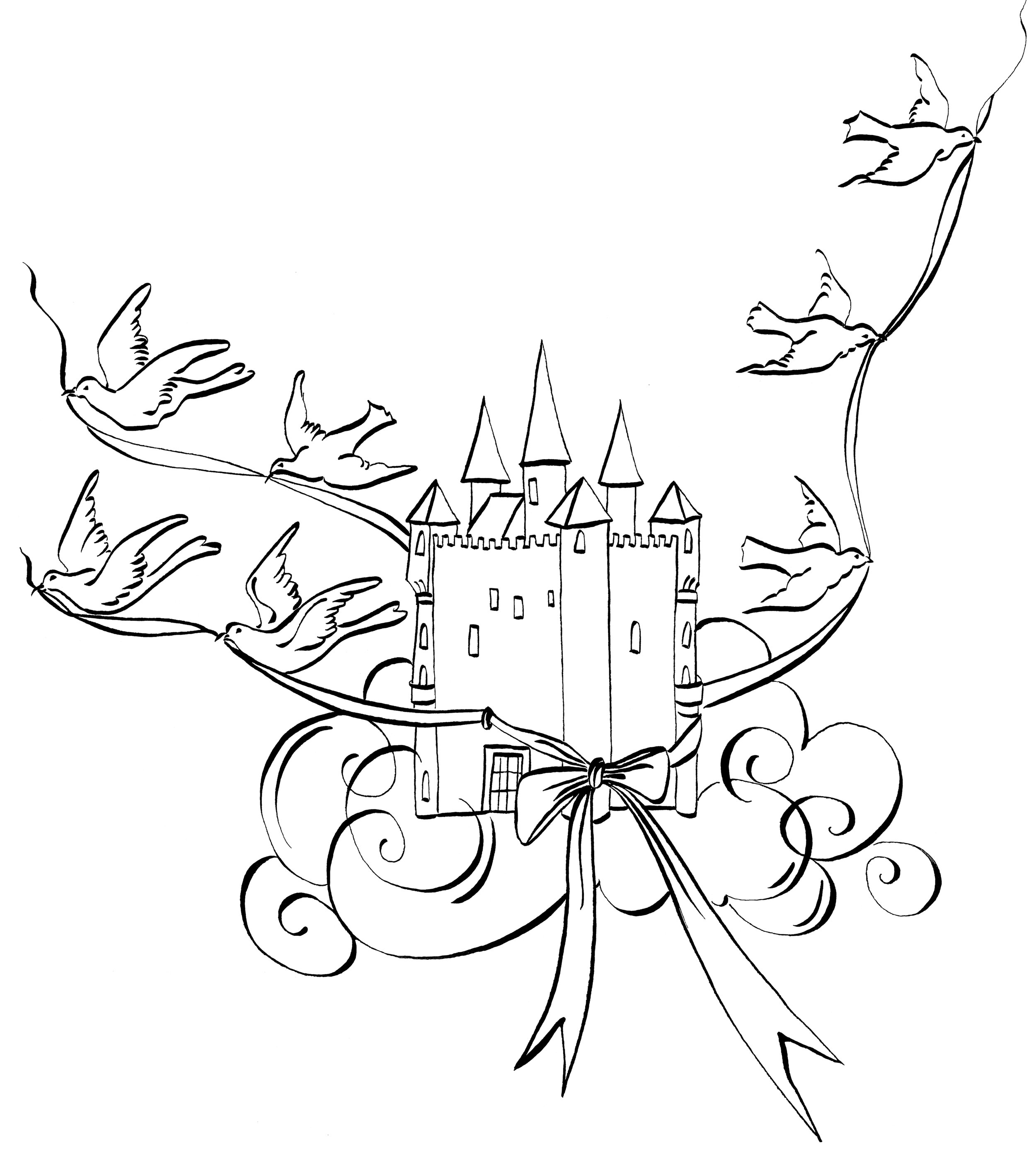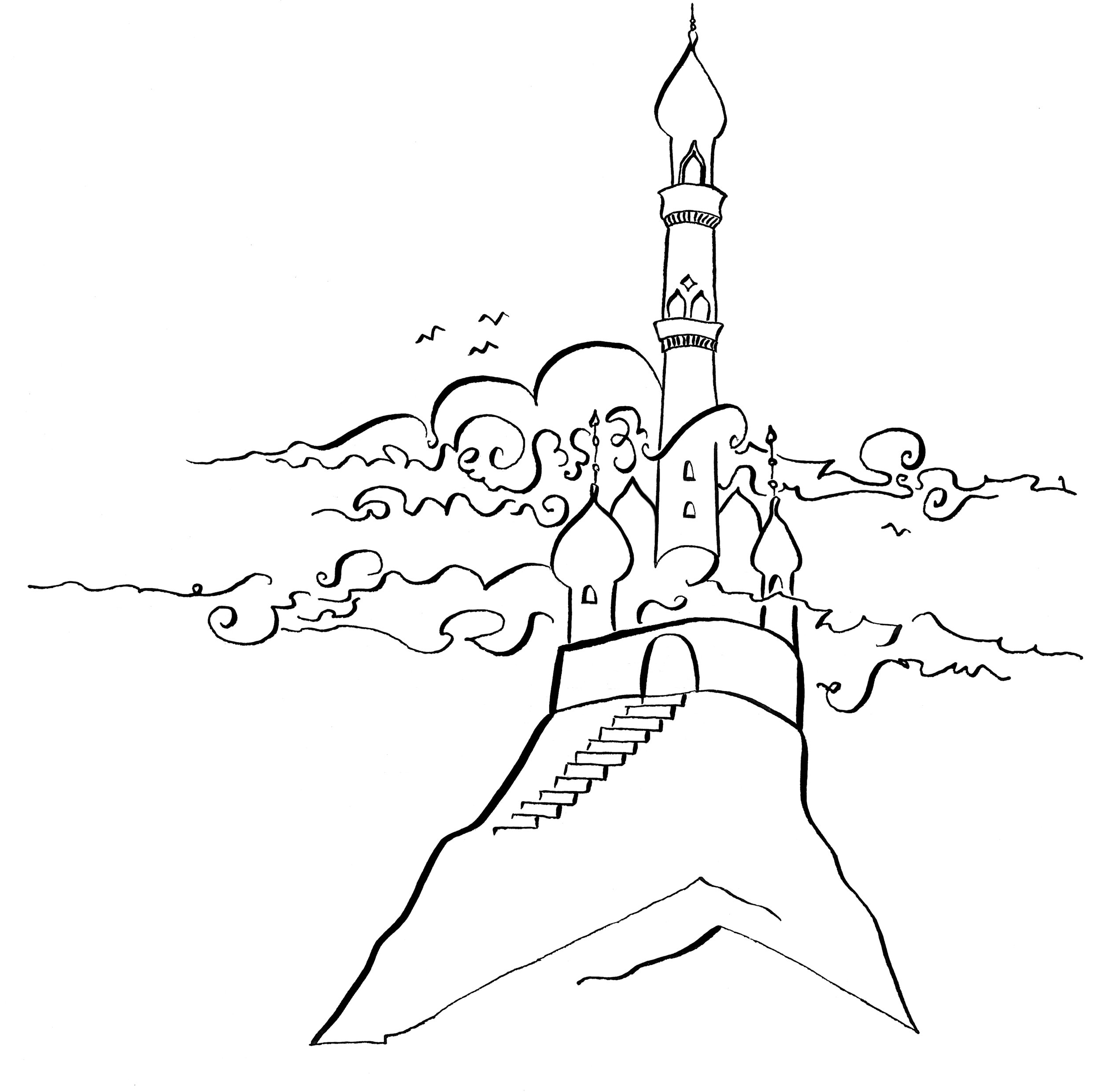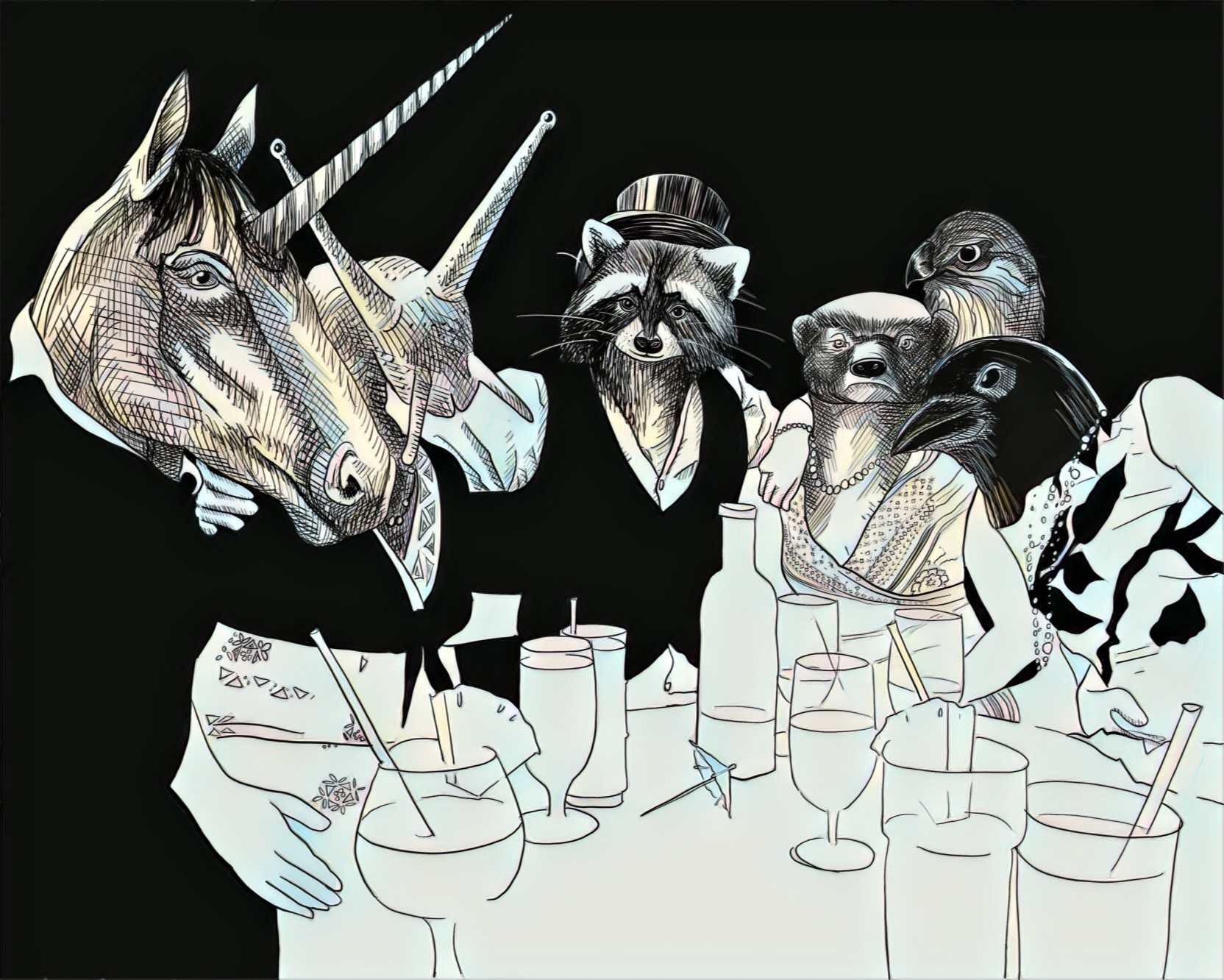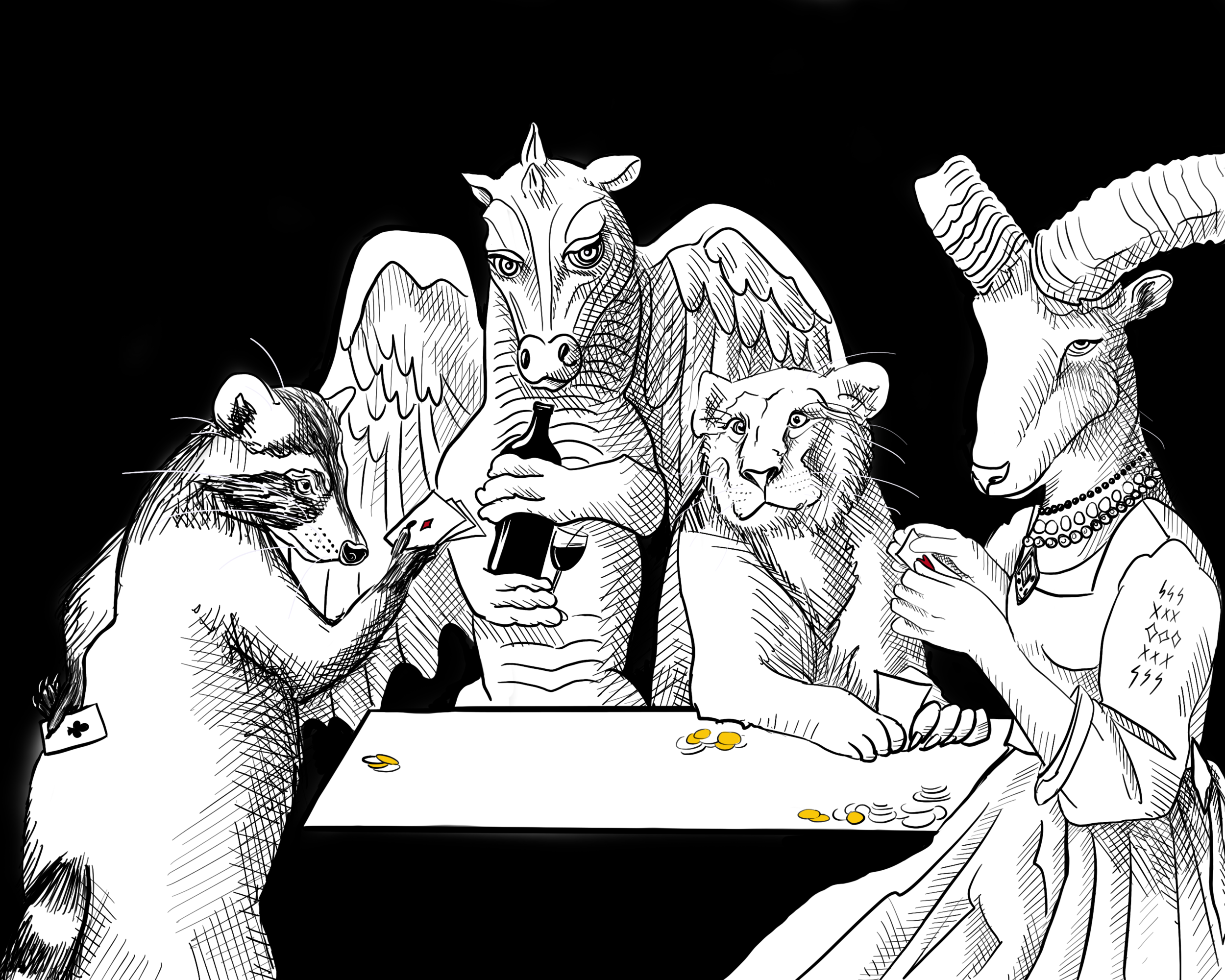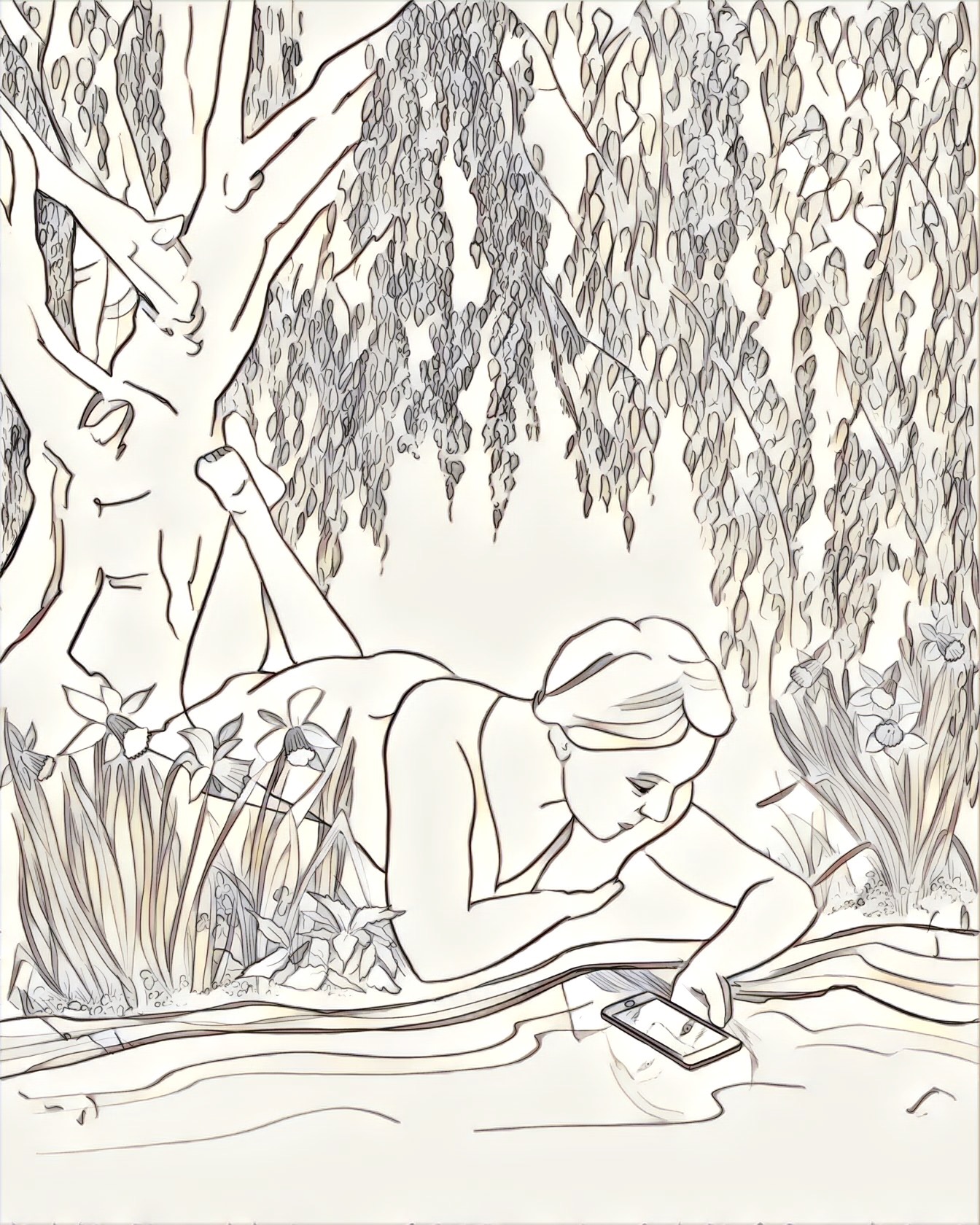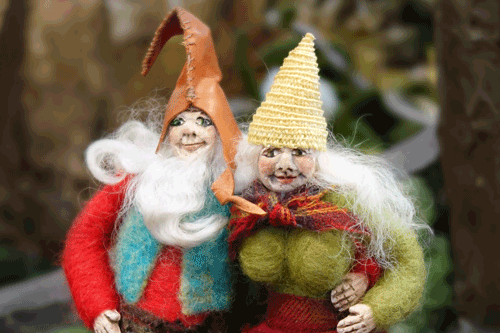“Being creatively effective has to do with knowing what is possible, and trusting that it can happen.”
The Man Behind the Curtain
Mr. Marsh, my partner in Dromedary Press, visited my home yesterday to discuss some upcoming book projects. He knows there’s never a dull moment at my house, but I think yesterday he must have thought he’d wandered into the wardrobe department for a Terry Gilliam movie. My husband Duncan and I are in the throes of costume-making as we prepare for our trip to Venice later this month, and the floor and tables were strewn with go-go boots, gold lamé pants, and mile-high wigs. (For the record, those are all elements of Duncan’s costumes.)
Our meeting eventually ended up in my studio, me buried beneath a gargantuan skirt I was finishing up, my sewing aided by a pair of decidedly unglamorous reading glasses from the drugstore. Mr. Marsh said it reminded him of his favorite scene in The Wizard of Oz, the one where Toto draws back the curtain to reveal the man behind the magic, a frantic dreamer from Kansas who through smoke and mirrors has fooled everyone into believing he is a powerful wizard.
Even though Dorothy and her friends come to find out that magic exists despite a few levers and fog machines, the moment in the studio got me thinking. As artists, each of us is the Wizard of Oz whenever we present our work to the world, and even moreso when we go online and offer up the curated pictures of our works in progress. It’s dreaming out loud, perhaps, and like in dreams, the behind-the-scenes pictures often have a gauzy, inscrutable quality that leaves our imaginations begging for more.
What our audience can’t see, scrolling through endless parades of spectacle on Instagram, or clicking through friends’ glowing updates on Facebook, is the blood, sweat, and tears it’s taken to get these works to whatever presentable stage they’re in, half-finished or not. A cropped and filtered jpg doesn’t capture the late-night hours spent making, remaking, reconsidering, starting over, questioning, conferring, futzing, fiddling, and finally arriving at a point of enough satisfaction that we’re ready to share a glimpse with our friends.
It used to be that as an artist, I could worry about what others thought or not, but I wasn’t truly putting my ego on the line until the gallery opening, by which time I was as ready as I’d ever be. Now I seize every moment of courage and turn it into a sharable snapshot for the Internet. It isn’t mandatory to do this, but the struggle to birth a new work of art often compels each of us to celebrate our tiniest victories a bit more publicly.
I can drive myself crazy wondering what my friends will think of my post, sometimes only after I’ve clicked it out into the world. And as a businessperson, there’s always the voice in the back of my head saying things like “Will my subscribers like this enough to comment on it?”, or “How much of the behind the scenes details do people want to see?” Sometimes that takes a bit of the shine off the feeling of triumph I get when I’ve hemmed a skirt just right, or captured the perfect expression in a portrait.
But in the end, being an artist involves not only following my dreams into the waking world but sharing them with as many people as I can, and with that comes a certain amount of vulnerability. Same as it ever was.
Magic is real. Sometimes it flows easily and a project comes together with minimal fuss. Sometimes it’s an awful lot of work. But none of it happens effortlessly. The man behind the curtain will always be there, a clown in a wizard’s cloak, a foolish futzer who probably worries too much, and about the wrong sorts of things. He lives in each of us. He is a real and valuable part of who we are. Take good care of him.

Dreams and Illusions
A few weeks ago my home looked like Terry Gilliam’s wardrobe department as Duncan and I race to finish our costumes for our trip to Venice for Carnival. Today it looks more like a battlefield after a wizard’s duel. This is not necessarily a bad thing!
Do you remember Merlin and Madam Mim’s duel in The Sword in the Stone, with each wizard transforming into one animal after the next in an attempt to outwit the other? I almost feel as though my imagination is Merlin, and that my costumes are another wily wizard, and that the two of us keep changing shape! And of course, as in their duel, time is of the essence.
Which is why at this late hour, I choose to see only the positives in each of my costume pieces. Antelope headdress comes together much the way I envisioned it? Great. The fact that it’s now fuchsia? Awesome. The idea for the secret video camera concealed in one of the horns didn’t really pan out? So be it! I appreciate what it has become and move on to the next piece.
My goal in costuming myself for Carnival has been to transform my look completely. Doing so has been a series of feats from the magical school of the illusionist. I don’t have the resources to get everything perfectly right, and so I forgive myself if something turns out a little different than expected. Great magic—as with great art—starts with convincing ourselves that it worked, our idea came to fruition. And magic and art really flourish when we take them out into the world and spark other people’s imaginations, too.
Fake vs Authentic vs Real
Ever since people began celebrating Carnival in the Middle Ages, they’ve used it as a chance to free themselves from society’s ideas of how they can behave, dress, and otherwise express themselves. During a few weeks each year “the rules” are upended, and no one knows whether the person behind the mask is a prince, a pauper, or a complete stranger.
This opportunity can be challenging for people who feel uncomfortable dressing up and pretending to be someone they’re not. Sometimes, wearing a costume can make us feel we’re “putting on airs,” faking our way through a social situation. Some people put on a subtle costume every day, and when they feel terrible about it, their souls can suffer tremendously.
But what if we take up the spirit of Carnival and do the opposite, behaving and dressing in ways that are truer to who we really are? This personal authenticity is what I strive for in my own life and art. The people I surround myself with, and the friends I keep for the long haul, are those who live life with open hearts and aren’t afraid to show it.
In Venice, I saw people wearing costumes and personalities that were obviously different from the way they looked and acted the rest of the year. Carnival is a time to try it on, maybe exorcizing a few demons in the process, and even if I didn’t happen to like the characters I met, who am I to judge?
When I look at some of the pictures of myself from my time in Venice, I see fake hair, a fake face, fake flowers, fake everything! But the authenticity of individual pieces of my costume is immaterial. What matters is that when I put them together and joined in the parade, part of me felt as though it had been freed from a cage. I felt seen for who I truly am, even if it came off as a caricature of myself.
Personal truth is something we can hide from others, but we can never hide it from ourselves. The living of a life true to who we are is a gift we have to give ourselves, because no one else can. More often than not, though, we deny the gift, or let others take it from us.
We don’t have to wait for Carnival to step outside our comfort zones and show the world who we really are. Life gives us enough opportunities to explore inauthentic ways of being. The opportunity—and yes, the challenge—of Carnival is to recognize the ways we are false, to find those parts of ourselves we’ve tucked away for whatever reason, put them on without shame, and step out into the street in search of others doing the same.

Becoming Art
One of the wonderful benefits of experiencing Carnival with such a large group of friends was seeing the variety of approaches people took to their costumes and the characters who grew to fill them. Our group included a handful of seasoned costumers and a few actors, and of course we all wanted to see how they would take their art even further. But even more intriguing were “the quiet ones,” the sculptors, painters, and writers who usually send their work out on its own, rather than quite literally wearing their hearts on their sleeves.
The practical difference between the work of the visual artist and that of the performance artist is the difference between producing art and becoming art. With a painting or a short story, the work is done in private, the artist having complete control over the process and not releasing it to the public until he or she is good and ready.
Nothing could be further from the truth for all of us as we squeezed into tall boots, cinched up our corsets, and balanced preposterous three-dimensional fantasies precariously atop our heads. No matter how many hours (days! weeks!) had gone into our costumes, now was the moment for it all to come together, the time to present the world with our creation. And the creation was us.
Just as a hem might be held up by a carefully hidden safety pin that we prayed would stay in place, so our confidence was buoyed by a mixture of belief in our preparations and sheer hope that everything would turn out all right. When the last of the costuming was in place and show-time arrived, we stepped out into the night with a gleeful surrendering of control, each of us opening up to the spontaneity that makes Carnival so magical.
When we become our art in this way, we can feel almost separated from our everyday selves, or at least the parts of ourselves that tell us we have to be perfect, or modest, or quiet. In the give-and-take with the world—our audience—strangers can become friends, and friends we knew just a moment before can change into beautifully strange and new versions of themselves. We dance through a waking dream. We become our own imaginations.
Old Magic
A conundrum I’ve struggled with my entire life has been that eternal set of questions: “What is Art?”, “What is Craft?”, and “How are the two related?”
It’s always worth an evening to engage friends in conversation about these things. We can talk all night, but what has eluded us every time is a concise set of answers, some commonplaces about Art and Craft. Until now.
While I’ve got a sense that the mere act of putting forth my revelations about Craft and Art will reveal their flaws, showing the cracks in their reasoning, it’s much better to share them with you than to hide them away.
I’ll start with Craft. Put in its simplest terms, I believe Craft is the power of transformation. There is something materially alchemical in the taking of raw materials—paper, wool, and apples are the examples I’ll use here—and through skill and work turning them into something else, something useful. Through Craft we can create something that didn’t exist before—paper becomes a book, wool a sweater, apples applesauce.
Art, as an activity, cannot exist without Craft, because at its core Art is also the power of transformation. But Art adds something more. In Art, transformation is enhanced by imagination. A blank book becomes something greater once a story is printed in it. A sweater takes on meaning if it is made as a gift by a loved one who is thinking of the recipient. And anyone who has spent time around the artisan food scene (in Berkeley or elsewhere) knows that homemade applesauce is rarely mere applesauce.
There are a few theories as to why the D.I.Y. movement—people making more of the things they use every day—is making a comeback. Some point to the alienation brought about by technology that discourages us from meeting face-to-face. Others say the terrible economy is leading people to stay at home and take up productive hobbies. These are valid reasons, but there is something greater, something more basic and ancient, at work here.
Craft and Art are activities that have always been with us, as I was reminded by Werner Herzog’s footage of Paleolithic cave paintings in his film, Cave of Forgotten Dreams. I believe that our taking hold of these powers of transformation is a response to a feeling of awe or powerlessness in the face of larger forces.
We pick up raw materials. We work with them. We sharpen our skills. Each of us adds touches that only we can, and we share the results with others. In doing so, we transform our environment. We shape our world so it makes more sense to us. Craft is the power of transformation. Art is the power of transformation imbued with imagination. They are acts of old magic. In fact, they may be the defining features of what it means to be human.
Bloom Where You’re Planted
In botany, a volunteer plant is one that grows on its own. The seed isn’t planted by a gardener but carried in on the wind or by some other happy turn of events.
Thinking about these pioneers of the plant world reminds me of one of the greatest lessons I’ve learned as an artist: the power to say “yes” to opportunities as they come along. And one opportunity always leads to another! Many years ago my dear friends Aimée Baldwin and Anandamayi Arnold asked if I could help them import the precious crepe paper they were using to make flowers and other sculptural delights. I said yes, and in the process of figuring out the import business I ended up opening Castle in the Air and inspiring others to explore their own creativity. What a wonderful turn of events! How different would my life have been had I not said yes?
Every single day, life gives us opportunities to say yes. It’s up to us to know when to say it, and to own the magical adventures this power enables. Let’s go!
The Artistic Cliff
I’ve seen friend after friend “take the leap,” as it were, with their art and their dreams. My career has been about inspiring people to jump off this artistic cliff and follow their passions. The leap takes courage. You don’t know whether you’ll fly, fall, flail, or some combination of the three.
For me, it’s been liberating to share my books and paintings with the world. Even though I’ve been making art and taking chances for years, each time I share my work involves a new level of personal risk, a new level of revealing myself. Each time calls for bravery and sacrifices of time and many other things that are important to me, but I wouldn’t have done it any other way.
I find myself on the edge of the artistic cliff frequently, and I realize that we don’t just take the leap once. We do it again and again, and if we're brave and work hard we can soar to grander heights each time.

Who Inspires You?
Anyone who has felt the urge to create something (And I think that’s all of us, right?) knows that it can be an undeniable force, like hunger or love. We make our art because something inside us needs to come out and engage with the world.
All the same, none of us lives in isolation from others, and our artwork is inspired by the people in our lives. Maybe it grows out of a conversation, or comes in response to something someone has written or made. Sometimes a person can inspire art simply by being who they are.
All of my early books are dedicated to particular children in my life, both as a gift to them and as a token of my gratitude for their presence in my life. And this is why it was so touching to hear from a dear friend of mine telling me how enchanted his grandson is with Commonplace Mouse and Commonplace Birthday. Apparently every night for nearly a year now this little boy has plucked the books off the shelf and climbed into an easy chair to enjoy them. Even though he can't yet read, he enters the world of Minikin and Belinda simply by turning the pages and losing himself in the pictures.
Receiving a message like this kind of floors me. Not because I feel proud that my art is being seen and enjoyed, but because I know how that little boy feels. Every one of us was inspired by some kind of art as a child, be it a storybook, a piece of music, a movie, or a play. And to me it’s a great honor to watch a child grow up being inspired, and to know I have a place in the ongoing exchange of inspiration.

